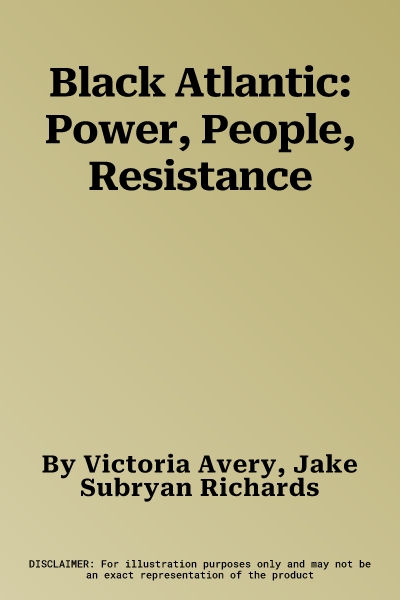An important illustrated history of the relationship between Cambridge
and the Black Atlantic.
Published to coincide with and accompany a ground-breaking exhibition at
the Fitzwilliam Museum, University of Cambridge, and based on new
interdisciplinary research, this book presents a radical new visual and
material history of the University of Cambridge and its collections. It
critically investigates the interconnections between Cambridge, a
landlocked city in East Anglia, and the Black Atlantic, the space that
emerged when European empires colonised the Americas and transported
over 12.5 million captives from Africa to these colonies as slaves
between 1400 and 1900. Through the lens of historic artworks and objects
mainly from Cambridge collections, it analyses the growth and rise of
enslavement, the profits made by European traders and plantation-owners,
the erased knowledge produced by enslaved people, resistance movements
and the enduring legacies of these events and people.
At its heart is a story of Cambridgeshire and the city of Cambridge but
this is very far from a local story. Cambridge sits at the heart of an
international network - of commerce and colonialism, of opinion-forming,
and of struggle - that traces a global history of the Atlantic world for
over 500 years. These entangled histories are enriched and paralleled by
untold or forgotten histories of Black and Indigenous making and
resistance, and with works by contemporary makers that challenge and
create alternative narratives of repair and freedom. Reflection-pieces
from respected scholars, curators and contemporary artists provide
multi-vocality and diverse perspectives, allowing us to 'read' objects
and works of art more completely and to appreciate the power of historic
and contemporary objects and images.

